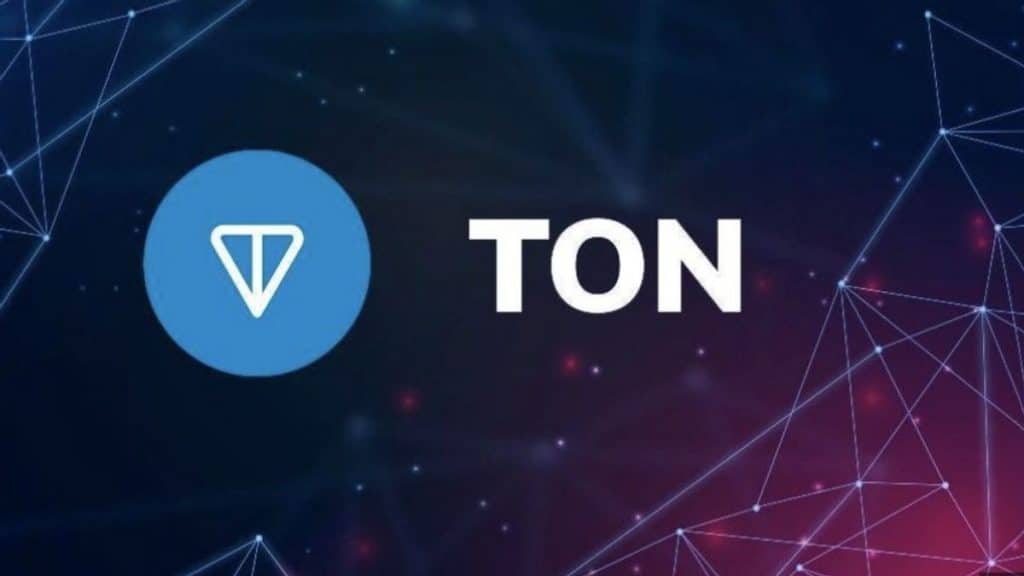The Open Network, known as TON, is a Layer-1 blockchain that originated from the Telegram messenger ecosystem. Focused on security, speed, and user accessibility, TON is tightly integrated with Telegram, enabling users to send and receive its native token, Toncoin, directly within the app. Developers can deploy their applications via the Telegram App Center with built-in support from the messaging platform. Whether you’re working with mainnet or testnet nodes, understanding TON’s structure is key.
The Open Network: Origins and Evolution
TON’s development began with Telegram, the popular messaging app created by brothers Pavel and Nikolai Durov. Their goal was to design a blockchain capable of handling Telegram’s massive user base while enhancing security and empowering its community.
Initial development kicked off in 2017, with the Telegram Open Network and its token, Gram, introduced in 2018. However, in 2020, regulatory challenges from the U.S. Securities and Exchange Commission (SEC) forced Telegram to halt the launch.
Despite this, the project didn’t die—it transformed into an open-source initiative maintained by an independent community of developers. The blockchain was rebranded as The Open Network (TON), and its currency became Toncoin. By 2023, TON was growing rapidly, and in 2024 it ranked among the top 10 most actively used blockchains.
Integration with Telegram
One of TON’s standout features is its deep integration with the Telegram app, offering a seamless user experience.
Sending and Receiving via Telegram
Users can send and receive Toncoin directly through Telegram using bots like @wallet, making transactions as easy as chatting with friends. These peer-to-peer transfers are typically commission-free within the app, lowering barriers to entry for millions of users worldwide.
Mini-App Center
Beyond simple transfers, TON supports a Mini-App Center within Telegram that enables developers to build and deploy decentralized applications (dApps) accessible directly inside the messaging platform.
This integration allows developers to engage Telegram’s vast user base in new ways, providing interactive services without leaving the app. To build these apps, developers need access to TON nodes to enable blockchain interactions and smart contract deployment.
Low Fees and Technical Advantages
TON is engineered for affordability and performance. Transaction fees on the network are minimal, making it appealing for everyday use. Its dynamic sharding architecture allows for processing millions of transactions per second while maintaining security and scalability on par with or exceeding traditional payment networks like Visa or Mastercard.
TON’s consensus mechanism provides strong security guarantees, fostering trust among users and developers. Toncoin isn’t just for transactions—it also supports staking, tipping content creators, and facilitating in-app payments, all while keeping costs low.
TON RPC Nodes for Developers
For anyone developing on TON, understanding RPC nodes is essential. These nodes serve as the primary interface between applications and the blockchain, enabling tasks like deploying smart contracts, querying data, and managing transactions.
Developers need a TON RPC URL to send requests to the blockchain, which they can obtain from providers such as GetBlock. This setup allows for smooth integration of blockchain functionality into apps without managing the complexities of self-hosted nodes.
Additionally, TON Labs offers open-source development tools, including SDKs, compilers, and the TON Virtual Machine (TVM), which executes smart contracts efficiently. These resources simplify dApp development and enhance what developers can build on the network.
Conclusion
The Open Network represents a major step forward in integrating blockchain technology with everyday communication through its partnership with Telegram. With its seamless user-to-user transactions, built-in Mini-App Center, low fees, and robust node infrastructure, TON provides a versatile platform for both users and developers.
As the network evolves under active community leadership, it holds substantial potential to transform how people access and use decentralized services. For developers, leveraging TON RPC URLs is key to connecting applications to this growing blockchain ecosystem and unlocking its full capabilities.
